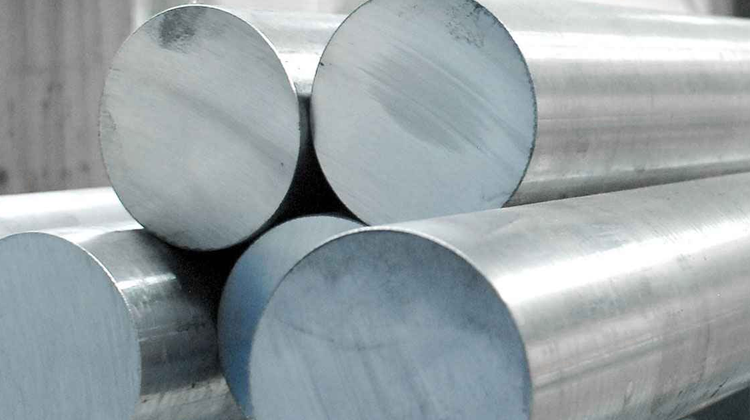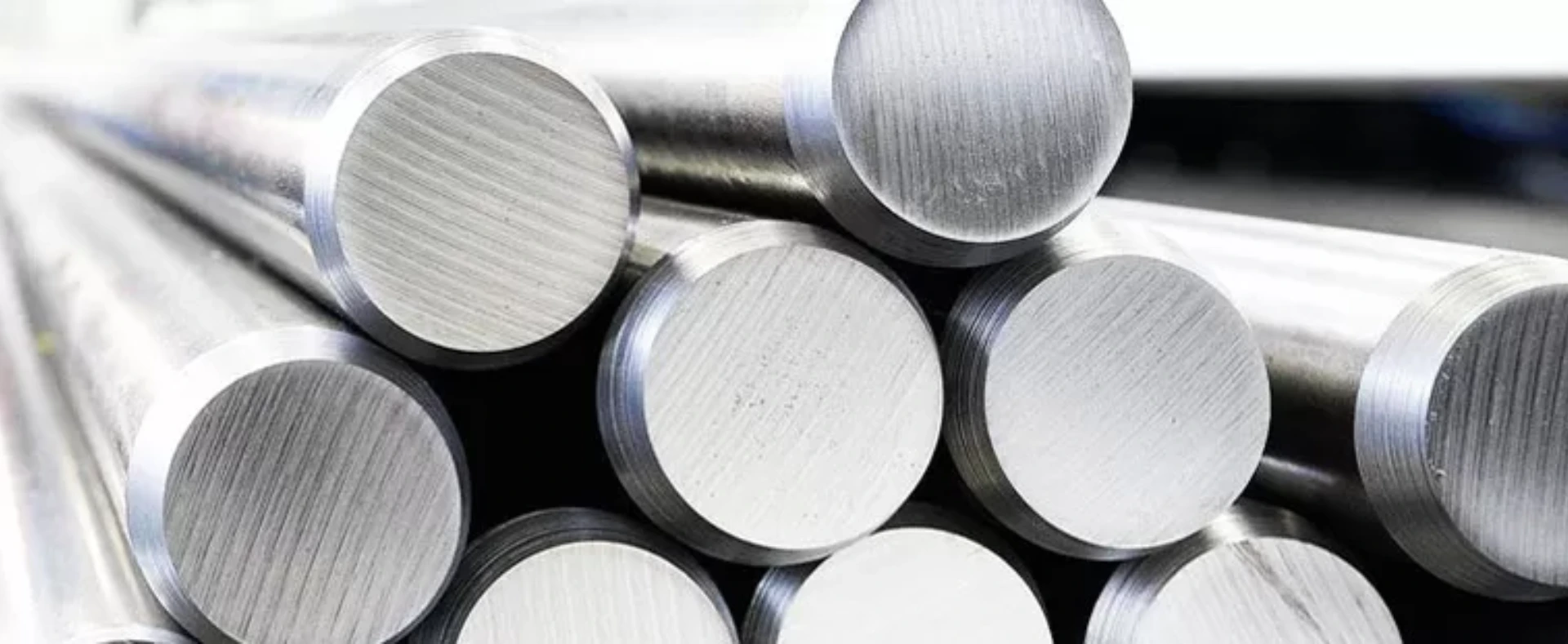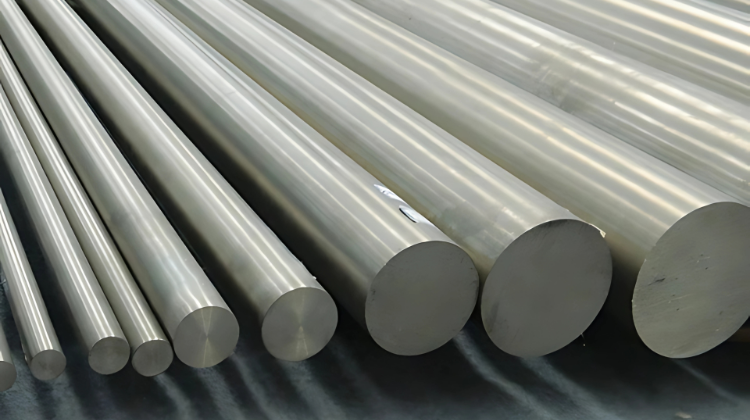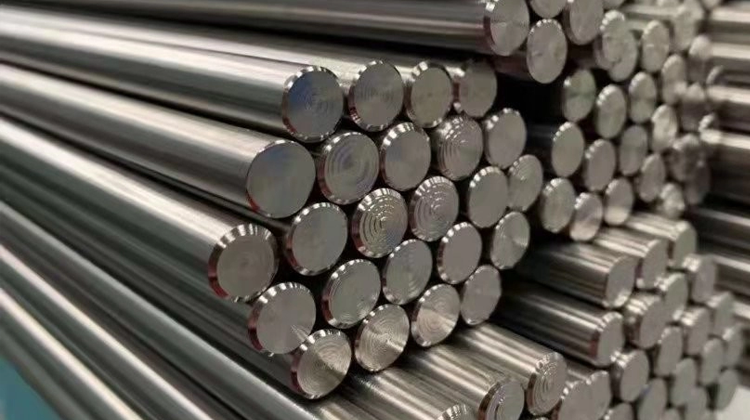
When designing an aircraft, engineers face one constant challenge: finding materials that can endure extreme conditions while maintaining performance and reliability. In aviation, there’s no room for compromise. Every component – especially in the exhaust and engine systems – must operate flawlessly under high heat, intense stress, and exposure to corrosive environments.
This is where Inconel 625 steps into the spotlight. Widely recognized as one of the most versatile and resilient nickel-based superalloys, Inconel 625 has become the go-to material for aircraft exhaust systems and engine components. Its unique combination of mechanical strength, oxidation resistance, and fatigue durability makes it an aerospace engineer’s dream material.
In this article, we’ll explore why Inconel 625 is the perfect fit for these critical applications – from its metallurgical advantages to its real-world aerospace performance.
What is Inconel 625?
Inconel 625 is a nickel-chromium-molybdenum alloy with a small addition of niobium. This superalloy is known for its ability to maintain strength and resist oxidation in environments where temperatures can exceed 1,000°C (1,832°F). It was originally developed for the aerospace industry, but its durability has also made it popular in marine, chemical processing, and nuclear industries.
Its key properties include:
- High tensile and yield strength without the need for precipitation hardening
- Excellent fatigue and creep resistance
- Outstanding corrosion resistance in both oxidizing and reducing environments
- Non-magnetic nature for specialized defense applications
Why Exhaust Systems and Engine Components Need the Best
Aircraft exhaust systems and engine components are exposed to some of the harshest operating conditions in aviation. These parts face:
- Extremely high operating temperatures
Jet engines operate at hundreds of degrees Celsius, with certain sections reaching temperatures close to the material’s limits. - Thermal cycling stress
Components must repeatedly heat up during operation and cool down when engines are shut off, creating expansion and contraction that can cause fatigue. - Vibration and mechanical stress
Constant vibration in flight can lead to material fatigue and cracking if the alloy isn’t resilient enough. - Corrosive environments
Exhaust gases, salt in the atmosphere (for naval aviation), and fuel combustion by-products can degrade lesser materials over time.
Inconel 625 stands out because it can handle all of these challenges simultaneously.
Heat Resistance That Delivers Under Pressure
One of the biggest reasons Inconel 625 is used in aircraft exhaust and engine systems is its exceptional heat resistance. While many metals lose their strength when exposed to high temperatures, Inconel 625 retains its structural integrity well above 1,000°C.
- Oxidation resistance means it forms a protective oxide layer, preventing the surface from degrading even during prolonged high-temperature exposure.
- Creep resistance ensures that the metal doesn’t deform under sustained mechanical stress and heat.
- This combination allows Inconel 625 components to operate for thousands of flight hours without the risk of structural failure.
Corrosion Resistance in Aviation Environments
In aviation, especially in defense aircraft and naval aviation, corrosion resistance is just as important as heat resistance. Exhaust gases contain moisture, carbon compounds, and trace elements that can eat away at weaker alloys.
Inconel 625 offers:
- Exceptional resistance to oxidation, pitting, and crevice corrosion
- High resistance to chloride-induced stress corrosion cracking (important for aircraft that operate in coastal or marine environments)
- Stability in both oxidizing and reducing conditions, which is rare for a single alloy
This resistance means less frequent maintenance and longer service intervals, which translates to lower lifecycle costs for aerospace operators.
Strength Without Compromise
A unique benefit of Inconel 625 is that it achieves high strength without the need for precipitation-hardening treatments. Instead, its strength comes from the solid-solution strengthening effect of niobium and molybdenum in the nickel-chromium matrix.
For aircraft exhaust and engine parts, this means:
- Consistent performance over a wide range of temperatures
- No loss of toughness at cryogenic or sub-zero temperatures (important for high-altitude flights)
- Resistance to cracking under both static and dynamic loads
Versatility Across Engine Components
Inconel 625 is not just used in exhaust ducts. Its properties make it suitable for multiple critical engine and exhaust-related applications:
- Exhaust ducts and manifolds
- Turbine shroud rings
- Engine mounts and brackets
- Bellows and expansion joints
- Afterburner components in military jets
- Heat shields and firewalls
Its versatility reduces the number of different alloys required in manufacturing, which simplifies supply chains and maintenance.
Performance in Defense and Military Aircraft
The aerospace and defense sectors push materials harder than almost any other industry. Military jets, for example, operate at higher thrust settings, perform aggressive maneuvers, and often operate in sandy, salty, or humid environments.
For these applications, Inconel 625 provides:
- Durability under supersonic conditions
- Resistance to thermal shock during rapid acceleration and deceleration
- Reliable performance in missions where engine failure is not an option
It’s also worth noting that compliance with aerospace material specifications like AMS 5666 and ASTM B446 ensures Inconel 625 round bars meet the exacting standards required for defense contracts.
Manufacturing and Machinability Advantages
While Inconel 625 is known for being tougher to machine than some softer alloys, modern CNC and additive manufacturing methods have made processing it more efficient. Manufacturers appreciate that it can be supplied in round bars, billets, and custom forged shapes for direct integration into aerospace component production.
Sustainability and Lifecycle Cost Savings
Choosing Inconel 625 isn’t just about performance – it’s also about economics and sustainability.
- Longer service life means fewer replacements over an aircraft’s operational lifetime
- Lower maintenance requirements reduce downtime
- Recyclability ensures that end-of-life components can be reused in other high-performance applications
For aerospace operators, this translates into cost efficiency without sacrificing safety.
Inconel 625 in Next-Gen Aircraft
As aerospace technology advances, engines are being designed to run hotter and more efficiently. Materials like Inconel 625 will become even more critical because they can handle the increased demands without requiring significant redesigns.
We’re also seeing its use expand in spacecraft propulsion systems and hypersonic flight applications, where heat resistance and mechanical strength are even more important.
Aircraft exhaust systems and engine components represent some of the most demanding environments in engineering. Inconel 625’s unmatched combination of heat resistance, corrosion protection, and mechanical strength makes it the clear choice for these applications – especially in aerospace and defense, where failure is not an option.
By delivering reliability, longevity, and performance, Inconel 625 ensures that aircraft can operate safely and efficiently, whether in commercial fleets, military squadrons, or cutting-edge experimental programs.
Related Posts
Inconel 718 Round Bar – The Ultimate Alloy for High-Performance Applications
Inconel 718 Round Bar is one of the most trusted and versatile nickel-based superalloys in…
Titanium Round Bars: The Backbone of Modern Aerospace Engineering
When it comes to designing aircraft, spacecraft, and defense systems, material choice is not just…





